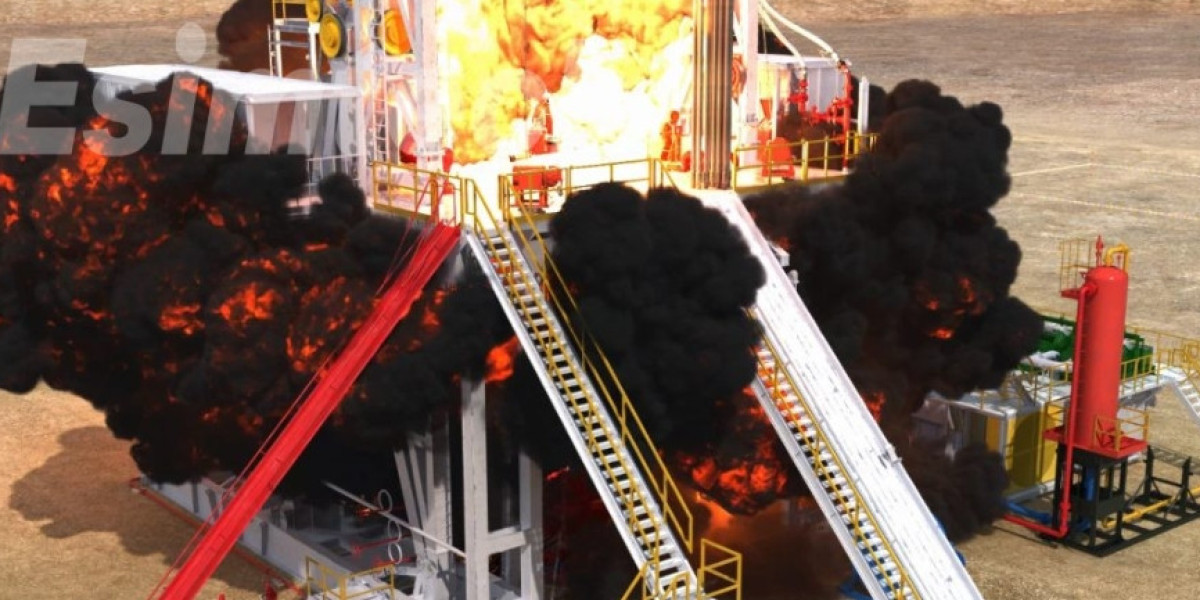Emergency simulation training, in particular, has emerged as a critical tool for preparing workers to handle crisis situations effectively.
Why is Emergency Simulation Training Important?
Real-world Experience: Simulations provide a safe environment to practice real-world scenarios, allowing trainees to develop critical thinking and decision-making skills.
Enhanced Team Coordination: Simulations foster teamwork and communication, essential for effective emergency response.
Reduced Risk: By training workers to respond to emergencies, companies can minimize the impact of accidents and protect human life and the environment.
Regulatory Compliance: Many regulatory bodies mandate regular emergency response training, often requiring simulation-based exercises.
Global Standards and Best Practices
To ensure the effectiveness of emergency simulation training, it's crucial to adhere to global standards and best practices:
International Standards:
ISO 22317: This standard provides guidelines for business continuity management, including emergency planning and response.
API Standards: The American Petroleum Institute (API) publishes various standards related to oil and gas operations, including safety and emergency response.
OSHA Standards: The Occupational Safety and Health Administration (OSHA) sets workplace safety standards, which often include emergency response requirements.
Best Practices:
Realistic Scenarios: Develop simulations that closely mimic real-world emergency situations, including equipment failures, fires, spills, and natural disasters.
Diverse Training: Incorporate a variety of scenarios to expose trainees to different challenges and improve their adaptability.
Hands-on Experience: Provide opportunities for hands-on training, such as fire drills, evacuation procedures, and equipment operation.
Continuous Improvement: Regularly evaluate the effectiveness of training programs and make necessary adjustments to improve performance.
Technology Integration: Utilize advanced technologies, such as virtual reality and augmented reality, to create immersive and engaging training experiences.
Post-Simulation Debriefing: Conduct thorough debriefings to analyze performance, identify areas for improvement, and reinforce learning.
Regular Training: Schedule regular training sessions to maintain proficiency and keep employees updated on the latest emergency response procedures.
The Role of Technology in Emergency Simulation Training
Technology plays a vital role in enhancing emergency simulation training:
Virtual Reality (VR): VR simulations provide highly realistic and immersive training experiences, allowing trainees to practice in a virtual environment.
Augmented Reality (AR): AR can be used to overlay digital information on the real world, providing real-time guidance and instructions during emergency response.
Simulation Software: Specialized software can create complex scenarios, track trainee performance, and generate detailed reports.
By following global standards and best practices, oil and gas companies can ensure that their emergency simulation training programs are effective, efficient, and aligned with industry best practices.








